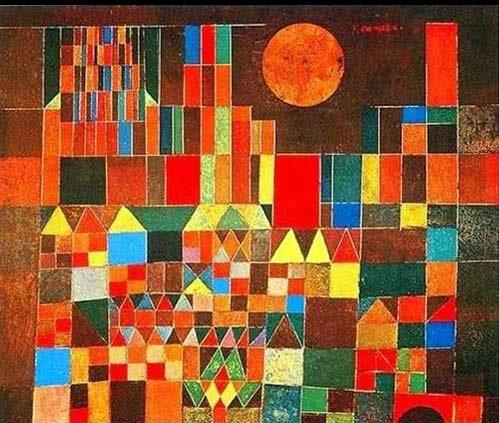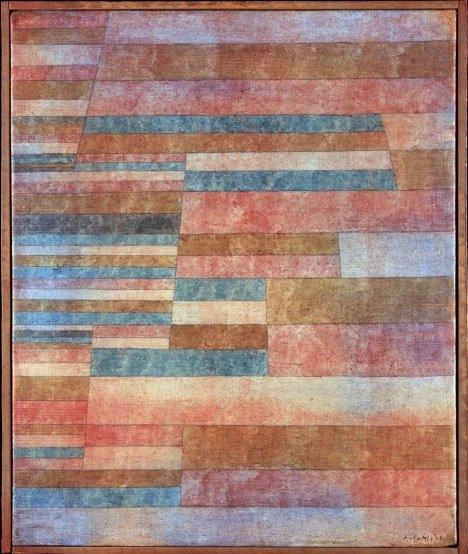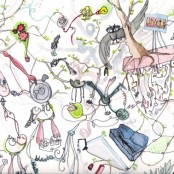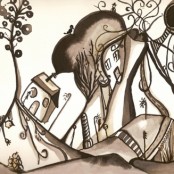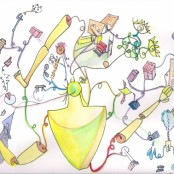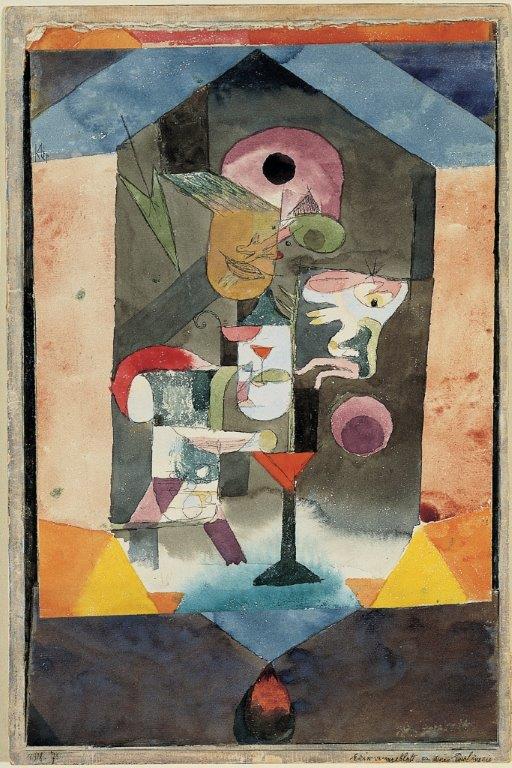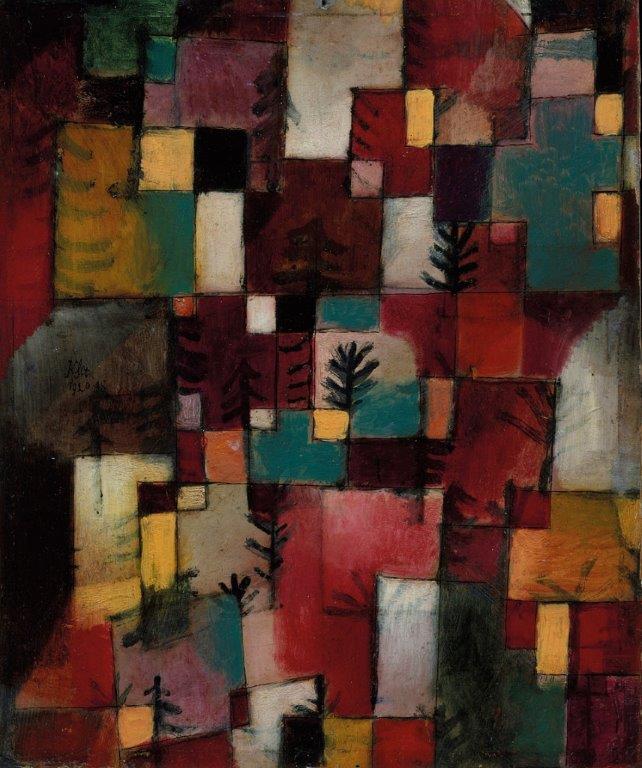Paul Klee is a giant of 20th century art scene and one of the greatest creative innovators of his time. Witty, inventive, magical, his exquisite paintings resist any easy classification. He is mentioned in the same breath as Matisse, Picasso and his Bauhaus contemporary Kandinsky. He cuts a radical figure in European modernism. His influence on abstraction can be seen in the works of Rothko, Miró and beyond. And yet, for an artist of such stature, there is still so much to discover about him.
At the Tate Modern Gallery in London, and until next March 9, you can rediscover Klee’s extraordinary body of work and see it in a new light. Paintings, drawings and watercolors from collections around the world will be reunited and displayed alongside each other as the artist originally intended.
Klee´s religion was the colour. We found it in their Polyphonies, in their Magical Fish, but also in his ancient paintings and in his most ghostly paintings. The painter reached the colour in 1914, during a tour in North Africa with the painter August Macke, who would end up acquiring mythic dimensions in his head.
The exhibition insists to prove that the historical context was decisive in his creative process. Klee painted while political regimes of different sign chained in Interwar Europe, inflation increased and anti-Semitism was unstoppable.
——————————————————————————————-
Works by Soraya Estefana in our shop and gallery. Click to go to work files and slideshow gallery
——————————————————————————————-
Klee certainly knew the goal of his mission. For him, painting was not an escape but almost a visionary tool. The artists of the era, with the surrealists at the head, had the same obsession: find the parallel worlds they suspected they were hiding behind the so-called reality.
Paul Klee said that art does not reproduce the visible, but that “makes it visible”. He also affirmed that “a line is a point that gets to walk” and in that continuous road left two-thirds of his life this brilliant violinist before modernist, precursor of abstraction, expressionism, surrealism and silent partner of generation of Matisse and Picasso.
Tate Gallery’s exhibition sheds light on dualities in Klee’s character. He was a talented musician (he played the violin, often to make ends meet) as well as an artist. He was also ambidextrous, painting and drawing with one hand while writing with the other. This stunning show also reveals that, while there are elements of cubism, surrealism and pointillism in his work, he was, above all, an individualist, a real outsider hard to classify.
The Art Fund UK on Klee´s exhibition at the Tate Modern Gallery
